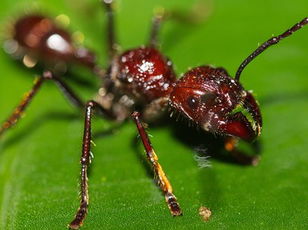14. In the 1990s there was a heated academic dispute between anthropologists Gananath Obeyesekere and Marshall Sahlins.
What was this dispute about?
From Quiz All Things Anthropology
Answer:
The Death of Captain James Cook
The academic debate between Obeyesekere and Sahlins was about the death of James Cook, in 1779, and the reason why he was murdered by Hawaiian locals.
Sahlins stated that the murder was part of a ritual ceremony in which Cook represented the Hawaiian god Lono, so when he came to the island the first time he was revered, but when he returned he was murdered, because the return of Lono meant a cosmological crisis which could only be resolved by a ritual murder. Obeyesekere, a more postmodern thinker, stated that Sahlin's theory was another European myth and that the locals killed Cook because he had kidnapped one of their chiefs and had exploited the locals during his previous stay, so they killed him as means of protection.
It was a heated debate and they defended their theories with articles and books. Obeyeseker wrote "The Apotheosis of Captain Cook: European Myth-making in the Pacific" and Sahlins responded with his book "How Natives Think: About Captain Cook, For Example".






 Quick Question
Quick Question = Top 5% Rated Quiz,
= Top 5% Rated Quiz,
 Top 10% Rated Quiz,
Top 10% Rated Quiz,